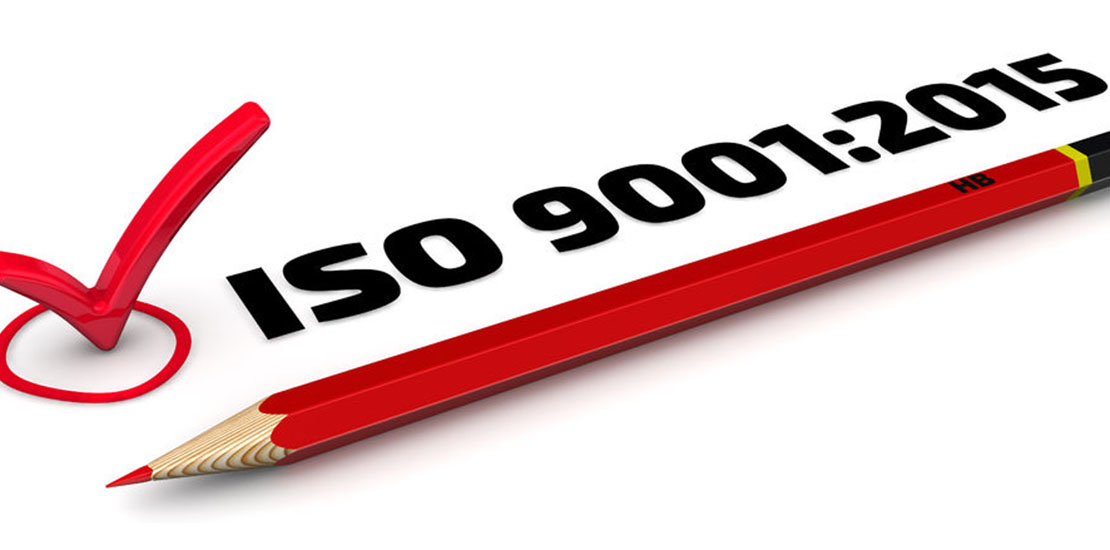What You Need to Know About Moving from ISO 9001:2008 to ISO 9001:2015
- August 20, 2018
- Posted by: Kim Cunningham
- Category: ISO Tips

Businesses in the modern world have to make better decisions, enhance customer service, offer quality products and increase efficiency to remain relevant and stand apart from the competition. These are some of the reasons why a good number of companies have been keen on acquiring ISO 9001 certification. The quality management system helps a company to remain focused and serve the interests of different stakeholders. Over time, however, it has become necessary to move from ISO 9001:2008 to ISO 9001:2015. Here are some of the reasons why.
Differences in structure
Although the two editions are similar when considering the first three clauses, the 2015 version has a High Level Structure. This newer version has a total of ten clauses, a factor that makes it easier to integrate multiple management systems.
Areas of focus
In comparison to the 2008 version, 2015 one focuses more on both input and output of processes. This means that the standard emphasizes measuring and closely assessing what goes into a process. This is then weighed against what the same process produces.
Risk-based thinking
The 9001:2015 standard has risk-based thinking as one of its centerpieces. Under this edition, organizations have to use standard techniques to carry out risk analysis to identify the challenges they face in managing various processes. This means that the preventative measures captured in 9001:2008 have been rendered redundant and no longer feature in the 2015 version.
The context of the organization in 9001:2015
With the 9001:2015 edition, an organization has to be conscious of the context in which it operates. What this means is that you have to take into account the needs of all interested parties and find ways to respond to those expectations effectively.
Engagement of interested parties
While the 2008 version considered customers to be the only interested party, the 2015 edition has expanded this bracket to cover suppliers, internal customers, personnel, legislative bodies, shareholders and the larger society. Organizations have to be aware of and appreciate all these interested parties. The newer version also emphasizes leadership and commitment, requiring those in leadership positions to be more involved in the control of the QMS.
Benefits of the new version
ISO 9001:2015 has a number of benefits over ISO 9001:2008. The 2015 version uses a more simplified language and promotes effective supply chain management. This version is user-friendly and more appropriate for knowledge-based organizations. These benefits allow for more focus and efficiency.
ISO Integration, LLC works with you to manage and improve your QMS. Our approach is also designed to establish whether you meet the standard requirements and the level of compliance and effectiveness of your system. We provide the necessary assistance and supplier audits to ensure that the needs of your organizations are met consistently.

